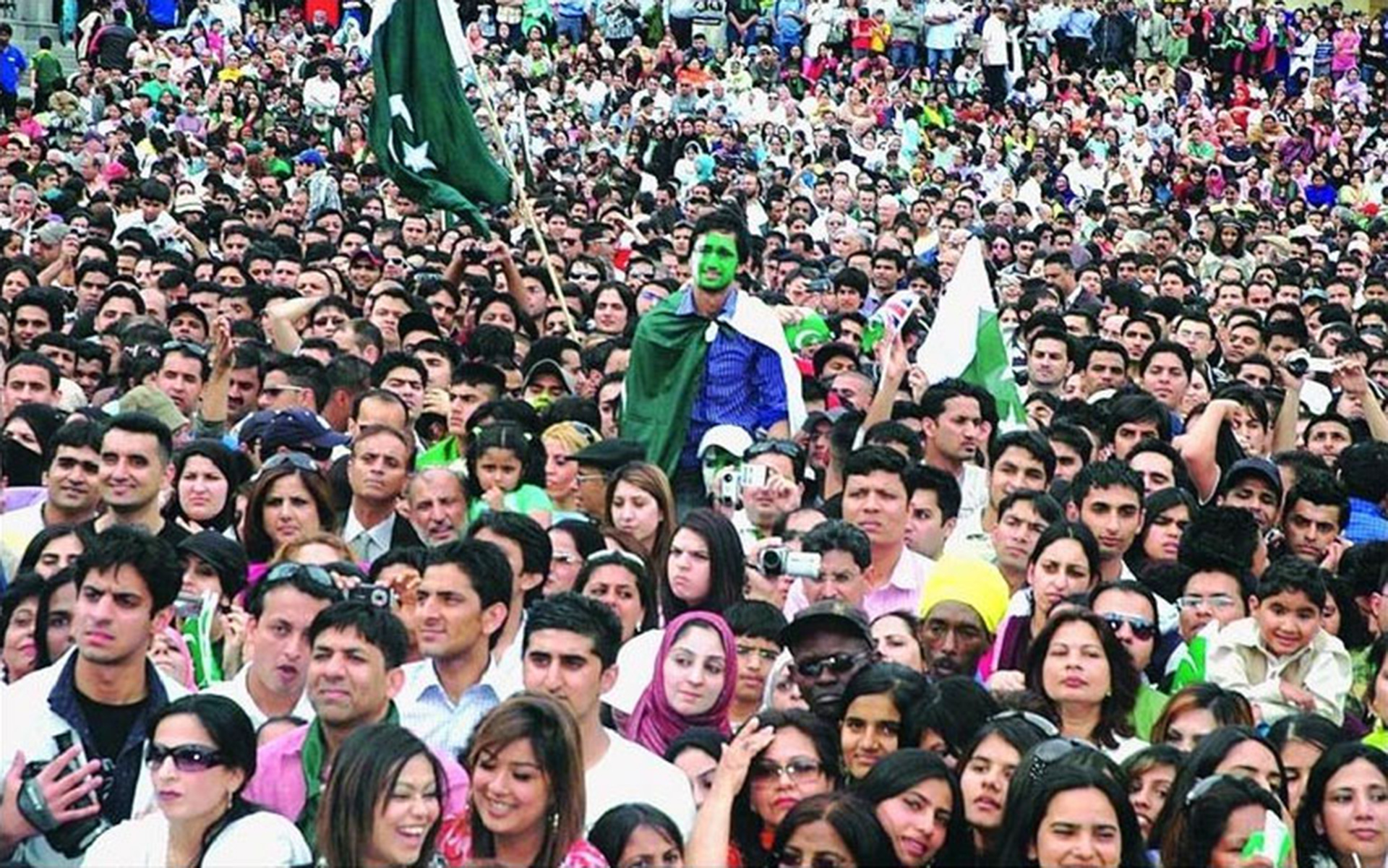
With next general election only a couple of months away, it is alarming to note that a large number of women do not intend to vote. A preview of the ‘Pakistan National Human Development Report – Unleashing the potential of a young Pakistan’, soon to be publicly launched, gives rare insight into the perceptions of Pakistani youth after reaching out to nearly 130,000 people predominantly consisting of young people.
The report informs us that 90 per cent of males and 55 per cent of females say that they intend to vote in the next election. Generally, there is a substantial gap between those who declare their intention to vote and the ones who actually turn out to vote but the most startling aspect of these figures is the huge gap – a full 35 percentage points – between the number of male and female voters who plan to vote in the next election. Although this study is about young persons up to the age of 29, the voting or non-voting intentions are not expected to be much different for other age groups.
The preview of the report does not throw much light on the reasons given by female respondents for not planning to vote and one can hope that the full report, which is to be launched soon, will be able to help us understand the issues behind the aversion of women to vote.
Unfortunately, Election Commission of Pakistan has never tried to compile separate voter turn-out data for women in the past and therefore it is difficult to ascertain the actual participation level of women in the past 10 general elections or 3 local government elections but fortunately the new Elections Act, 2017 has made it legally binding on the ECP to compile gender-disaggregated data of voters turn-out.
Can something be done to increase the women voter turn-out? Yes, serious efforts should be made instead of lip service. The effort should start by conducting a nationwide scientific survey among women to accurately ascertain the real reasons of their low level of participation. These reasons may be different among urban, educated well-to-do women and rural, un-educated and poor women so a representative sample of Pakistani women from various strata of the society should be drawn. Within the survey should be the questions to explore the reasons for about 10 million women being without Computerised National Identity Cards (CNIC) which is a pre-requisite for registering and casting vote.
The efforts to register women as voters and to educate them about the importance of vote should not remain confined to a period of few months before each election. This should be a continuous activity and a civil-society led observatory should monitor the progress and conduct research into the impediments on a continuous basis. The efforts should not stop at just registration of women as voters and encouraging them to vote. Women Voter Education, Orientation of female Candidates for local, provincial and national elected offices and capacity building of elected women officials at each level along with office-holders and workers of political parties should also be undertaken in a Women Political Academy.
The focus should be on the entire political cycle from voting to continuous capacity-building of women politicians and elected officials. Other steps to enhance women’s political participation can be designed in the light of the findings of the proposed nation-wide survey.
Political parties’ vigorous participation in all these efforts is extremely critical. A healthy participation of women, who constitute almost half of our population – 48.77 % according to 2017 population census to be exact –is extremely important for the future of democracy and democratic institutions. The journey should begin now.






